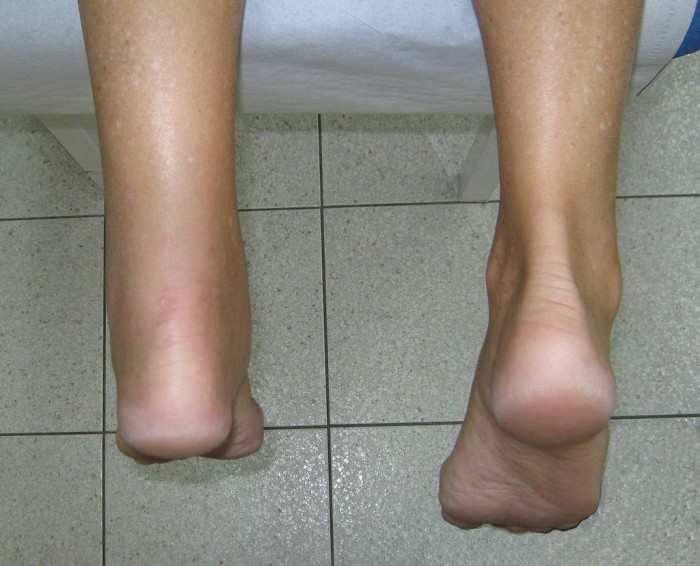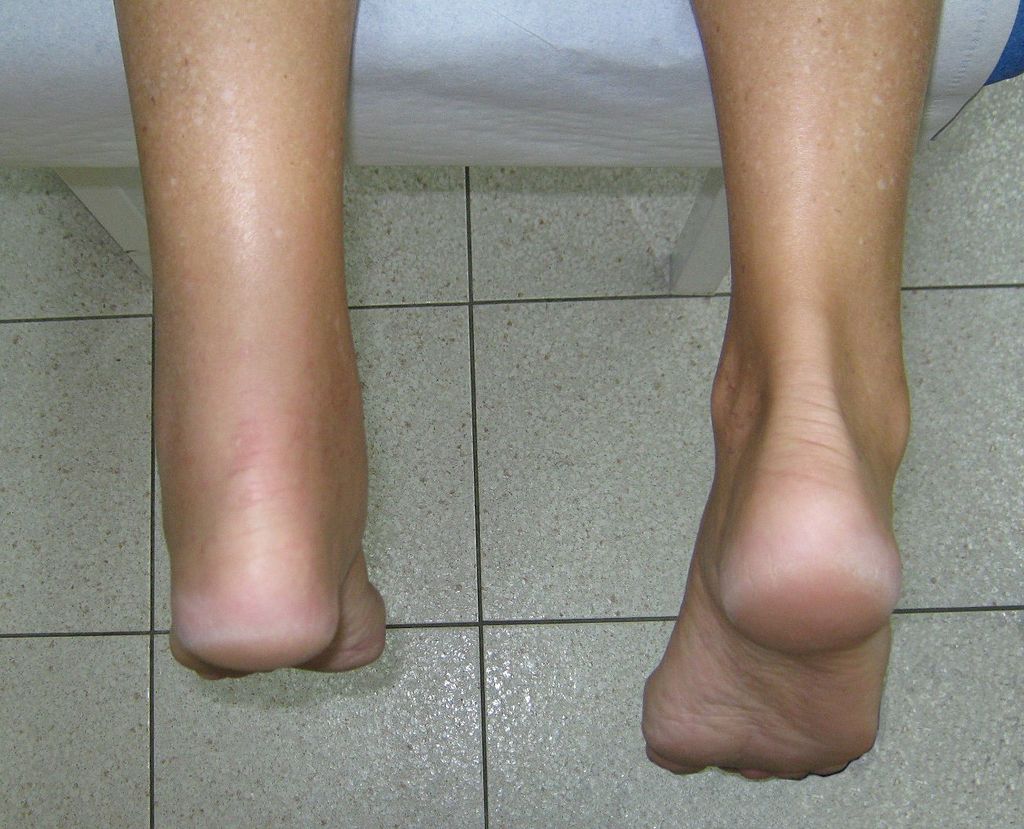One of the most common injuries of the foot incurred by runners and even by frequent joggers is Achilles tendonitis. This condition is characterised by a heavy soreness on the tendon connecting your calf and heel, with the propensity to hinder your ability to use your foot when running, playing sports, and even for the simple task of walking.
If you touch the back of your ankle, you will feel a huge and thick tendon that attaches your heel bone to your calf. This tendon is what we call the Achilles tendon. It receives all the massive tensions from the impact caused by your strenuous running and jumping. Together with your calf, the Achilles tendon absorbs the shock from your foot when it lands on the ground, and then propels it upward to repeat the cycle. The magnitude, duration, and frequency of these motions are suspected to be the ones accountable to the possible damage of the Achilles tendon.
Tendonitis, because of its suffix “itis”, means there is an inflammation in the tendon. However, some medical researchers advocate to call Achilles tendonitis as Achilles tendinopathy or Achilles tendonosis in order to emphasise that the root cause of the pain and injury is the degeneration of the tendon’s fibres mainly due to overuse.

Left: Foot with an inflamed or injured Achilles tendon. Right: Foot with a normal Achilles tendon.
Symptoms and conditions that are felt on the foot and lower limb area fall under the realm of podiatric medicine, and the Achilles tendon is no exception. The fortunate thing about this foot condition is that, it is so prevalent among athletes and active people who are doing lots of foot activity, medical doctors (particularly the podiatrists) can diagnose it easily and provide the necessary treatment depending on its gravity.
Yet, there is one alternative but useful and efficacious therapy that is popular among sports trainers, and may even be recommended by podiatrists themselves (especially for cases when surgery is not seen as an option). It is the soft tissue manipulation technique under remedial massage therapy called the deep tissue massage.
Deep Tissue Massage for Achilles Tendonitis
The primary strategy of deep tissue massage is to apply strokes that are deep and direct to the strained tendon. The massage will cause friction that will break down and inhibit the progression of adhesions and scar tissue. The manual manipulation of the tissue fibres and the soft tissue surrounding the Achilles tendon will improve the flow of blood in the area and eventually hasten the recovery of the injured tendon. The other effects of deep tissue massage as evidenced by the athletes themselves are:
- Eventual reduction of pain
- Speedy return of the foot’s mobility and normal function
- Stretching of the calf muscles for improved propulsion once the patient is ready to run again
For remedial massage therapy via deep tissue massage technique to be fully effectual, a number of sessions with the remedial massage therapist have to be regularly attended. Also, activities that may interfere with the treatment (particularly those involving arduous motions of the tendon) should be avoided. As mentioned earlier, the overuse of the Achilles tendon during high-impact running and jumping can cause it to be injured or inflamed. With such, the athlete is advised to rest from his or her sport while undergoing therapy and until the injury has fully healed.
References:
Davis, J. (19 November 2013) “Achilles tendonitis in runners: A degenerative overuse injury best treated with eccentric heel drops.” Running Writings. Retrieved from www.runningwritings.com
Cutlerbespoke. (2015) “Remedial Massage for Achilles Tendon.” Custom-Fit Remedial Massage. Retrieved from www.cutlerbespoke.com.au
Image c/o Grook Da Oger (Own work) [CC BY-SA 3.0 (http://creativecommons.org/licenses/by-sa/3.0)], via Wikimedia Commons
Share this article:
